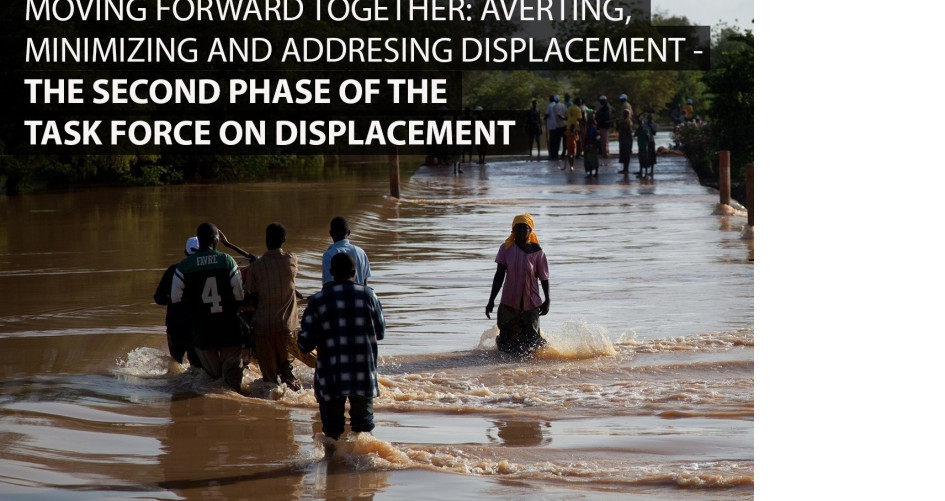In 2018, it is estimated that 19.2 million people were newly displaced as a result of disasters linked to natural hazards, a majority of which were weather- and climate-related. This number is likely much higher when accounting for people compelled to move from their place of origin in the context of slow-onset events and processes linked to the adverse effects of climate change and environmental degradation.
Large-scale movements of people, with climate change as one of the drivers, affect regions across the world, particularly countries and communities most vulnerable to climate change, including Small Island Developing States and Least Developed Countries.
The acknowledgement of the link between climate change and such movements is nothing new: in 1990, the first Intergovernmental Panel on Climate Change (IPCC) report warned policymakers that “the gravest effects of climate change may be those on human migration as millions are displaced by shoreline erosion, coastal flooding and severe drought”[1]. Looking towards the future, the World Bank projects that in three regions (Sub-Saharan Africa, South Asia and Latin America), without additional and concrete climate and development action by 2050, more than 143 million people could be forced to move within their own countries to escape the slow-onset impacts of climate change[2].
Responding to the challenges of human mobility and situations when people are compelled to move from their places of origin in the context of the adverse impacts of climate change and disasters as one of many drivers, is a critical challenge of our times across all regions. The issue involves developmental, humanitarian, and human rights challenges and will increasingly require investments in understanding and identifying risks, reducing vulnerability and exposure, and addressing impacts and protection needs. Moreover, efforts to address the drivers that compel people to leave their places of origin and measures to manage and ensure safe, orderly and regular human mobility when movement of people is unavoidable, require international cooperation and integrated whole-of-government approaches with the participation of all relevant stakeholders.

